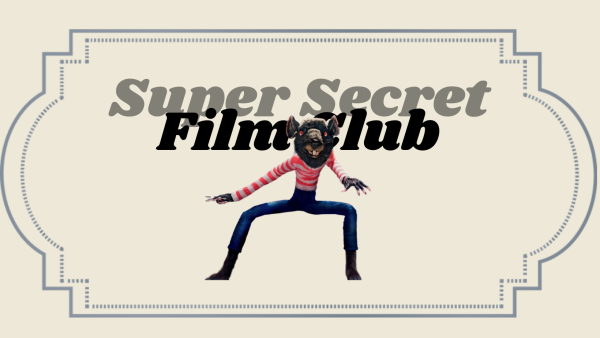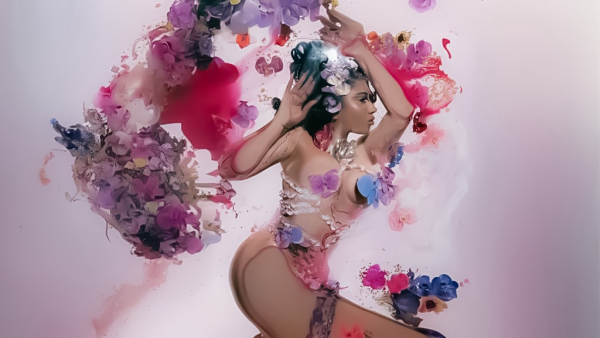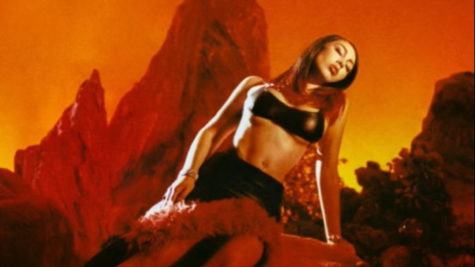Big Red Boots, What Was The Goal?
March 8, 2023
MSCHF, an “art collective” located in Buffalo, New York, released their Big Red Boots on February 16 and like many of their other drops, this one also left a large print on the “sneaker-head” side of the internet. Retailed at $350, the boots look exactly what they sound like red, plastic, and comically large. The collective states that the “Big Red Boots are REALLY not shaped like feet, but they are EXTREMELY shaped like boots.” They have been compared to boots found on popular characters like Astro Boy and Dora the Explorer’s monkey sidekick, Boots.
Their products have been known to poke fun at capitalist brands, one of their notable endeavors of this kind being their “cease and desist grand prix”, a race initiated to give bragging rights to the brand who quickest sent in a cease and desist. Subway won, and that may have seemed like the goal, but the most thrilling part wasn’t the winner but the race. Behind this and all their anti-capitalist brand drops, they receive impressive amounts of buyers and in turn, money.
Many praise this marketing strategy, one website, kickstartsidehustle.com, even going as far to say that “MSCHF is doing marketing organically and putting profits aside.”
Another one of their drops, Severed Spots, seems to scrutinize art that has been affected by capitalism. The collective purchased a $30k Damien Hirst dot painting, cut it into pieces and sold each individual piece. They started the dot price at $480 and sold 88 dots, bringing in $12k in profit. They also left the now dot-less piece of art up for bid which is now being bidded on starting at almost $300k. The goal of the drop was to ensure everyone got a dot. But, after doing some simple math it is clear that profit was the goal here.

It is important to note that another goal of the brand is simply to release extremely unusual, impractical, and not useful products. It is, after all, an art collective and artists have free will. I can agree, their drops are extremely fun and certainly feel disruptive, a quality I believe all people, especially young people, have a yearning to be. Artists should have no need to feel ashamed for pricing their work according to personal value. But where do art and profit based selling meet? Mass consumption? Optimizing your work’s ability to be recognized?









Leo • Apr 4, 2023 at 8:16 am
Great article! Put on your red shoes and dance the blues!